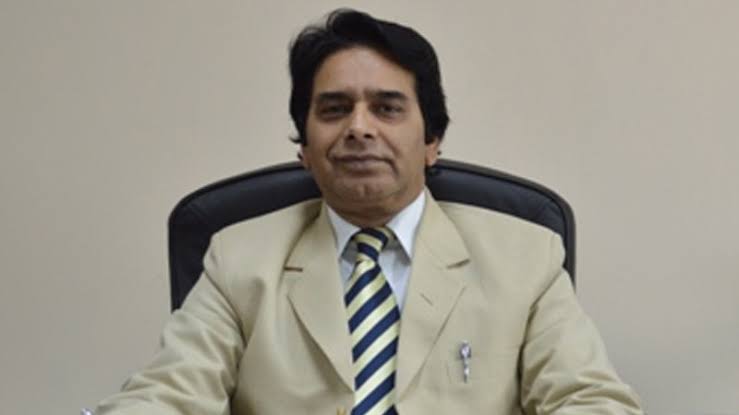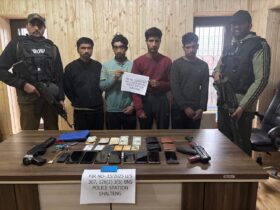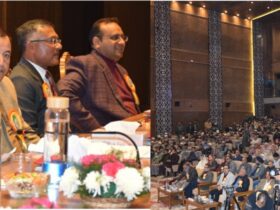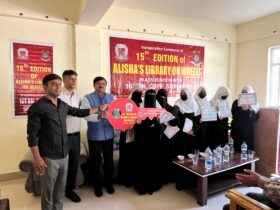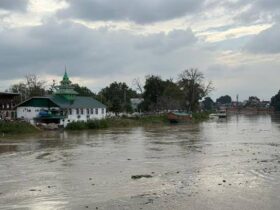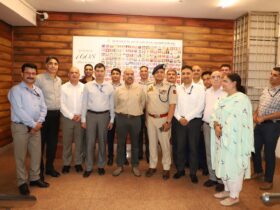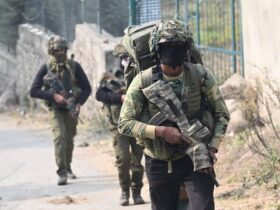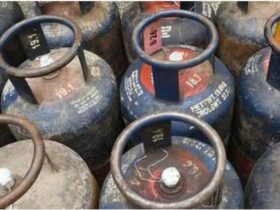“Scaling up testing facility 1000 patients a day”
Srinagar, April 12 : Director SKIMS A G Ahanger today said the situation is grim and next two weeks would provide a clear picture whether COVID 19 has entered the community transmission phase in J&K.
“Situation is very scary. Next two weeks will decide whether COVID-19 has entered into community transmission phase in J&K or not,” he said.
Director SKIMS added that lockdown has helped to contain the coronavirus from spreading fast.
Regarding the functioning of a testing laboratory in SKIMS, Dr Ahanger said they are upgrading their resources to scale up the testing facility to 1000 a day.
“No one in the world knew about the transmission of this disease. It caught everyone off guard. SKIMS was the first institute to start Covid19 tests, then GMC and other institutions followed,” Director SKIMS said, “We are getting more machines and increasing testing capacity. We now conduct 150 tests in a day. Some days before we conducted 176 tests in a day. We are increasing our capacity to 200 tests this week and by next week we are increasing it to 300 tests a week. We intend to increasing it to 1000 tests a day in coming days.”
When asked how SKIMS is managing the duty schedule of its front line medical staff, he said, “We have come up with 10-day duty roaster for doctors followed by rest in Govt Provided Accommodation. They don’t visit their families or friends during this period. Then another batch of doctors replaces them. This is how the cycle goes on.
Rubbishing the reports of lack of coordination between doctors and administration, he said government is doing its best.
“There is complete synergy between Govt and doctors. The job of administration is to give orders and provide the required support. Our job is to fight the disease. The administration is providing strategy,funds and equipment. They are exploring and employing all resources to channelize the equipment and machinery for health institutions.”
He added that protective gears are prioritized to the medical staff according to their engagements in hospital.

